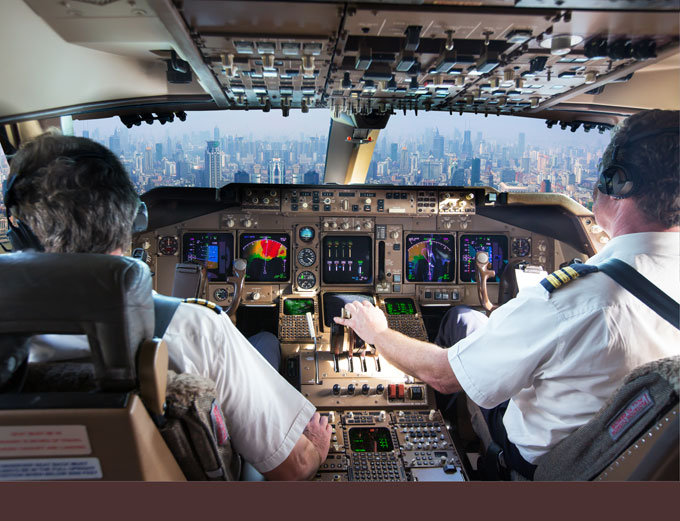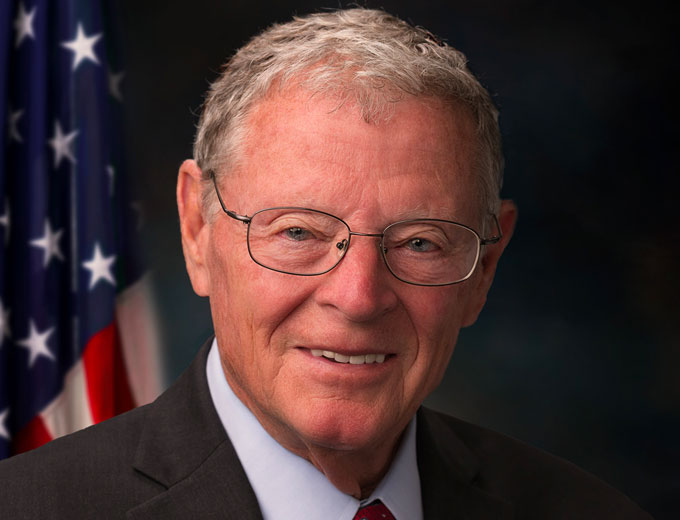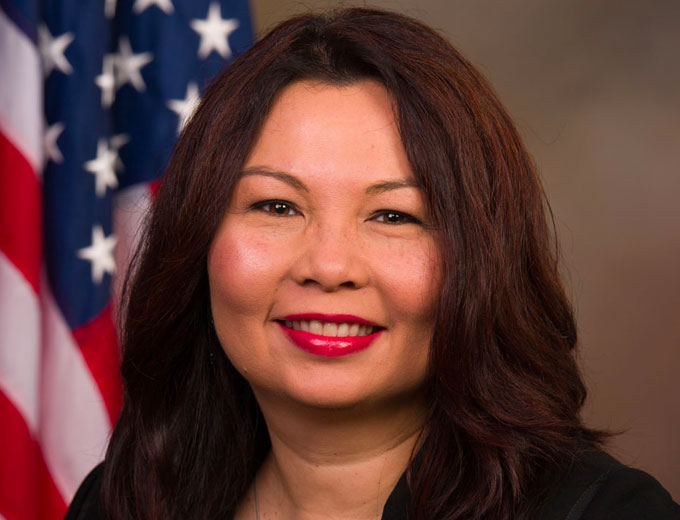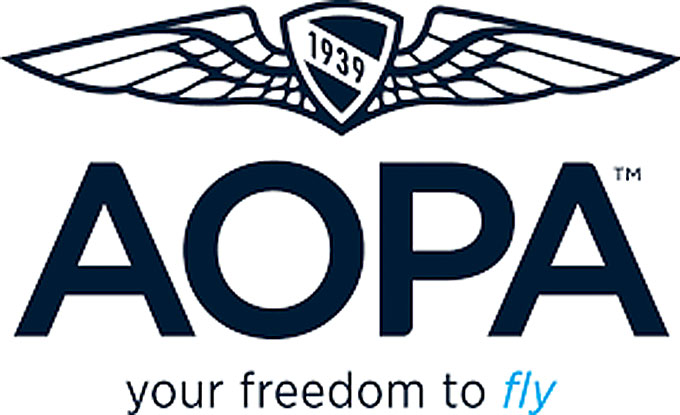
In an effort to ensure the aviation and aerospace industries in the United States remain competitive and are prepared to address the workforce challenges facing the industry, the Aircraft Owners and Pilots Association (AOPA), the Aircraft Owners and Pilots Association, (AOPA) and numerous other aviation organizations unanimously supported bipartisan legislation introduced in the Senate as S.3360 today.
Known as the National Center for the Advancement of Aviation (NCAA), the bill has already garnered overwhelming support from AOPA and organizations representing all segments of the aviation industry.
This proposal will open the door for all stakeholders to come together in support of a long-overdue, national industry forum, and help ensure science, technology, engineering, and math (STEM)-based aviation curriculum reaches the 25,000-plus high schools across the country, assist in apprenticeships, and help military veterans and others transition to good-paying technical jobs in the aviation industry.
The NCAA would be a private entity and no general fund taxpayer dollars would be used to support it.
The legislation calls for funding the initiative by using a small percentage of the interest that is accrued annually on the taxes and fees collected from users and deposited into the aviation trust fund.
(When major airlines need pilots, they often turn to smaller, regional carriers. But it’s becoming harder to find replacements due to pilot retirements and expansions of larger carriers. Courtesy of CBS Evening News and YouTube. Posted on Jul 4, 2018.)
Today, users of our aviation system pay for nearly all the costs associated with the operations of the Federal Aviation Administration (FAA) including air traffic control modernization.
Moreover, the proposed center would be prohibited from involvement in any political or legislative activity.
Spearheaded by U.S. Sen. James Inhofe (R-Okla.) and Tammy Duckworth (D-Ill.), the NCAA would focus on four key initiatives:
-
Development of an Aviation Workforce
-
Facilitating STEM-based Aviation Curriculum for High School Students
-
Create a Repository for Aviation Research, Safety and Economic Data Analysis, and
-
Fostering Collaboration amongst the entire Aviation Industry

“I am proud to introduce this bill to establish the National Center for the Advancement of Aviation with Sen. Duckworth today,” said Senator Inhofe.
“In the more than 100 years since Wilbur and Orville Wright conducted their historic flights at Kitty Hawk, our nation has seen aviation in the United States grow, powered by the individual passions of pilots, aviators and countless others.”
“To continue this legacy, our bipartisan legislation would create an independent, stakeholder-led national center where all aviation and aviation-related stakeholders can work in concert to address the demands and challenges associated with a safe and vibrant national aviation system.”
(The U.S. Federal Aviation Administration is warning it would need 10,000 more employees if it assumes responsibility for all aircraft certifications. Courtesy of CGTN America and YouTube. Posted on Mar 27, 2019.)
“As a national forum for cross-disciplinary collaboration, this center would: support aviation and aerospace education and curriculum efforts; leverage industry expertise to develop and deploy the needed workforce of trained and qualified pilots, engineers and maintainers; and serve as a central repository of economic and safety data for all stakeholders.”
“The NCAA will advance a collaborative process to promote aviation in the United States and assist in the development of the next generation of aviation and aerospace workers.”
“I appreciate all the input and support from stakeholders across the aviation community that have made today’s legislation possible.”

“As a pilot, I know that investing in aviation-focused education and workforce development programs helps attract and retain the best talent and keeps our nation at the forefront of global aviation innovation,” added Senator Duckworth.
“I’m proud to introduce the National Center for the Advancement of Aviation Act with Sen. Inhofe to support the development of next-generation aviators and foster collaboration in the aviation and aerospace industries to help meet the demands and challenges of tomorrow.”
This legislation is strongly supported by a large cross-section of stakeholders representing hundreds of thousands of individuals, companies, schools and other entities involved in all segments of aviation and aerospace.
Those stakeholders wrote a letter of support for this legislation, which can be viewed here.
(Learn More. Phil LeBeau reports on the global pilot shortage hitting the airline industry. Courtesy of Nightly Business News and YouTube. Posted on May 18, 2018.)
“The widespread support for this Center is very encouraging,” said AOPA President Mark Baker.
“This Center would do more to promote needed cooperation in the aviation community including efforts to address the workforce challenges our industry is facing now and into the future.

“Whether it be pilots starting in general aviation, military or commercial pilots, technicians, maintenance workers, or others, we need to ensure that our industry remains competitive and can meet these challenges.”
“AOPA is proud to work alongside allies in Congress and respected aviation leaders to make this Center a reality.”
Demand for air travel, a sizeable cohort of commercial pilots nearing the mandated retirement age, and the high cost of training have all led to a shortage of qualified professionals in the industry.
Boeing’s 2019 Pilot and Technician Outlook predicts the need for 804,000 new civil aviation pilots, 769,000 new maintenance technicians, and 914,000 new cabin crew over the next 20 years to fly and maintain the global aircraft fleet.
In North America alone, Boeing suggests 212,000 new pilots and 193,000 new technicians will be needed over the next two decades.
(A California community wants to help tackle a looming global pilot shortage as airlines try to recruit an estimated 800,000 new aviators over the next 20 years. Meg Oliver went up in a plane to see how Reedley, California, is using a big opportunity to train the next generation of pilots. Courtesy of CBS This Morning and YouTube. Posted on Feb 5, 2020.)
According to the Aeronautical Repair Station Association (ARSA), the technician shortage is costing the U.S. aviation maintenance industry an estimated $118 million per month ($1.421 billion per year) in lost economic opportunity.
Additionally, the Aviation Technician Education Council (ATEC), predicts that the mechanic population will decrease 5 percent in the next 15 years.
New entrants make up just 2 percent of the technician workforce annually, while 30 percent is at or near retirement age.
The U.S. Air Force is short thousands of fighter pilots but has taken significant steps to reduce that gap and seek initiatives to retain more airmen.
Using 3D virtual reality, the Air Force is looking to speed up pilot training—a technique that could also benefit the civilian pilot training sector.
The NCAA would be an avenue for the Air Force to share its experience, allowing for cross-industry collaboration and potentially reducing the cost of civilian flight training.
(The Air Force’s pilot shortage is a complex issue. To get more pilots from the classroom to the cockpit, Airmen are using technology and processes in innovative ways. Take a journey through the pilot pipeline to see solutions Airmen have implemented in each stage of fighter pilot training. Courtesy of the U.S. Air Force and YouTube. Courtesy of Aug 1, 2019.)

















